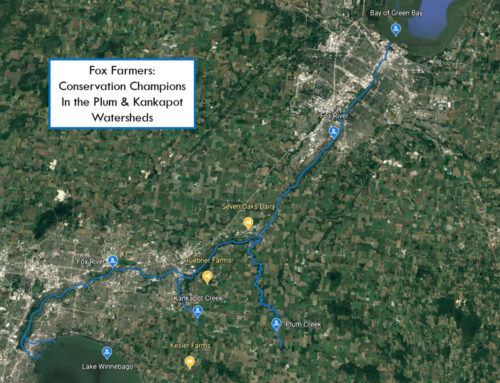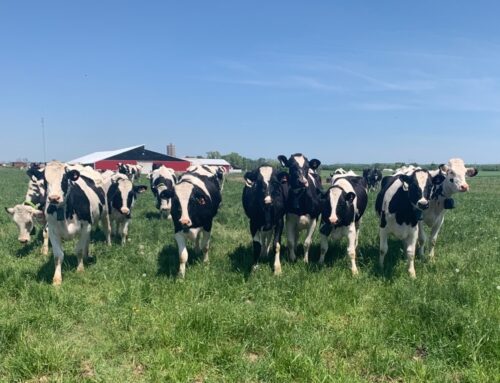As corn silage is harvested, those that travel through the Plum and Konkapot Creek Watersheds may be seeing more cover crops growing than they have in the past.
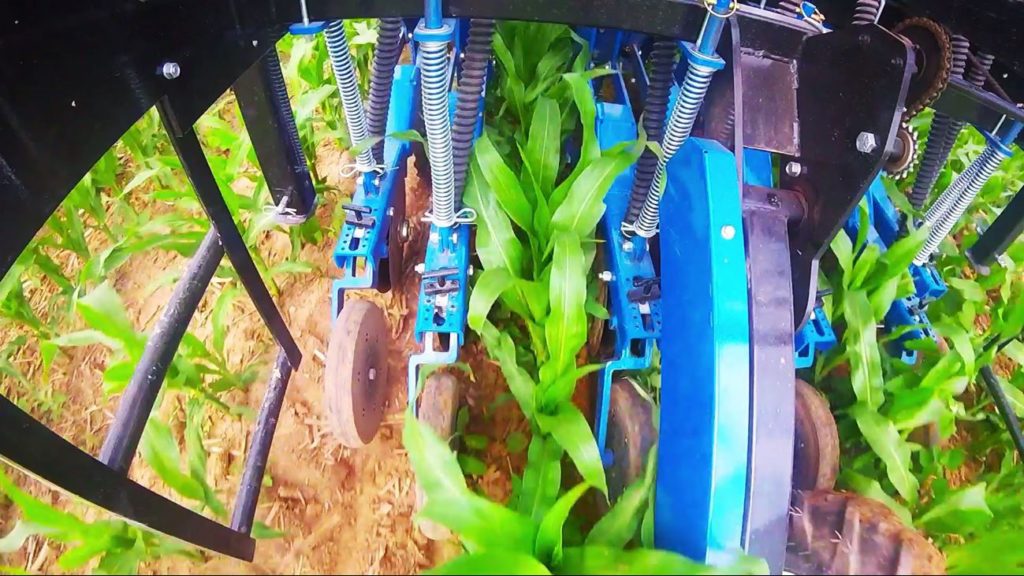
How does interseeding work?
The cover crop remains dormant until the corn begins to mature. When corn matures, the leaves dry down and droop, letting light through the canopy to the soil surface once again. The cover crop then comes out of dormancy and continues to grow.
What’s happening in the Plum and Konkapot?
With some changes to current crop management, interseeding has great potential to be used across the watershed to improve water quality and soil health without decreasing yield.
If you are a grower in the Plum Creek or Konkapot Creek Watershed and are interested in being a part of the program in 2017, contact Andy Kiefer (Outagamie County LCD) 920.574.7539 or Nick Peltier (Brown County) 920.391.4633. All growers in Plum and Konkapot Creek watersheds are eligible as well and may contact either agronomist.

Cover Crop growing between corn rows in July

Same field in September
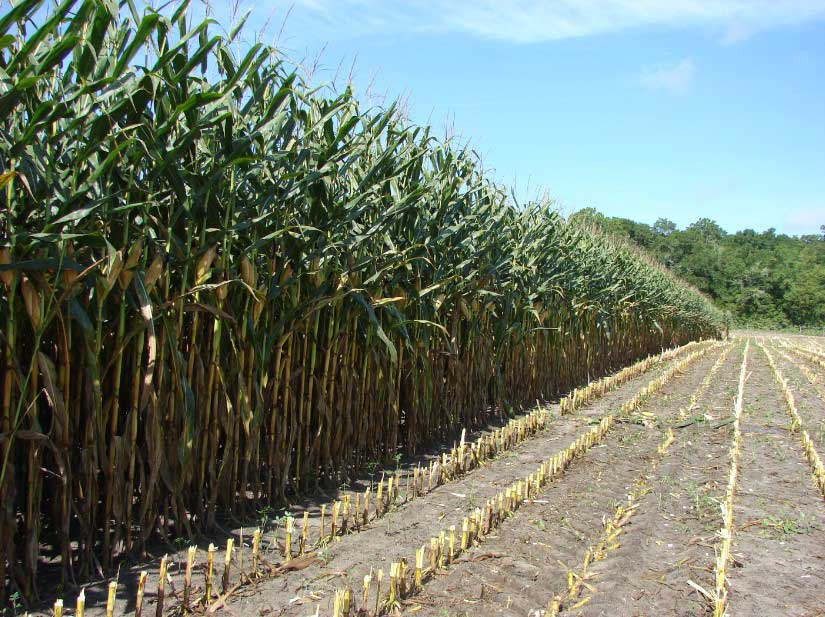
Traditional Corn Silage Field after September Harvest
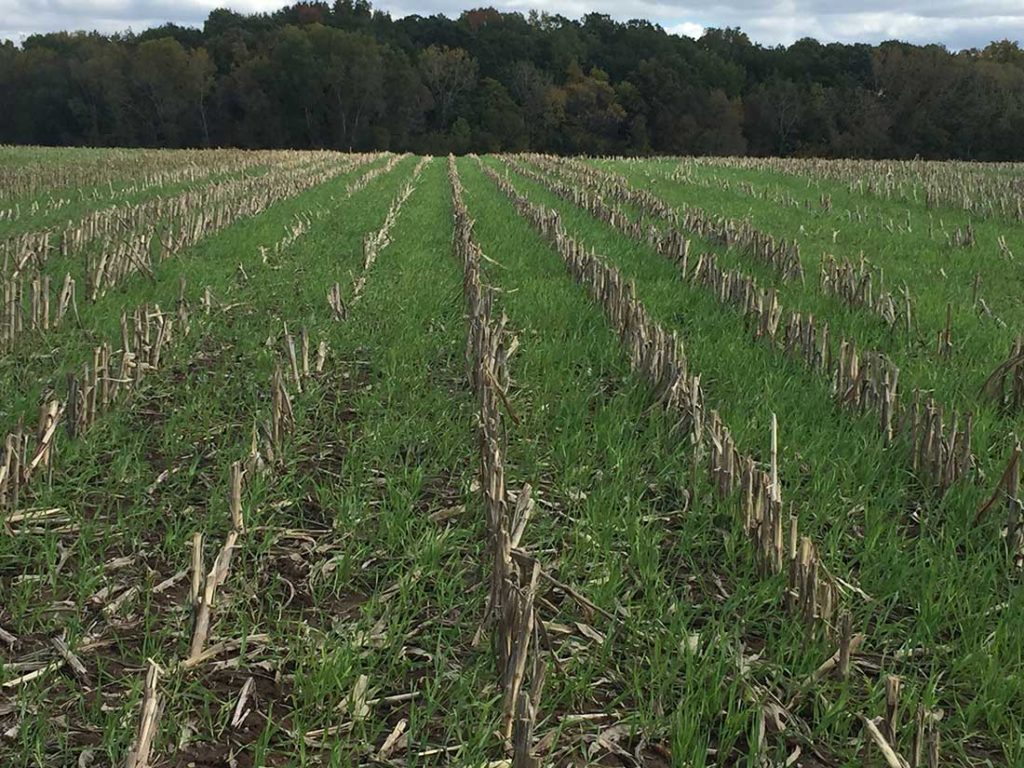
Interseeded Corn Silage Field after September Harvest
Originally posted on 09.18.16 by Andy Kiefer, Outagamie County Land Conservation Department



